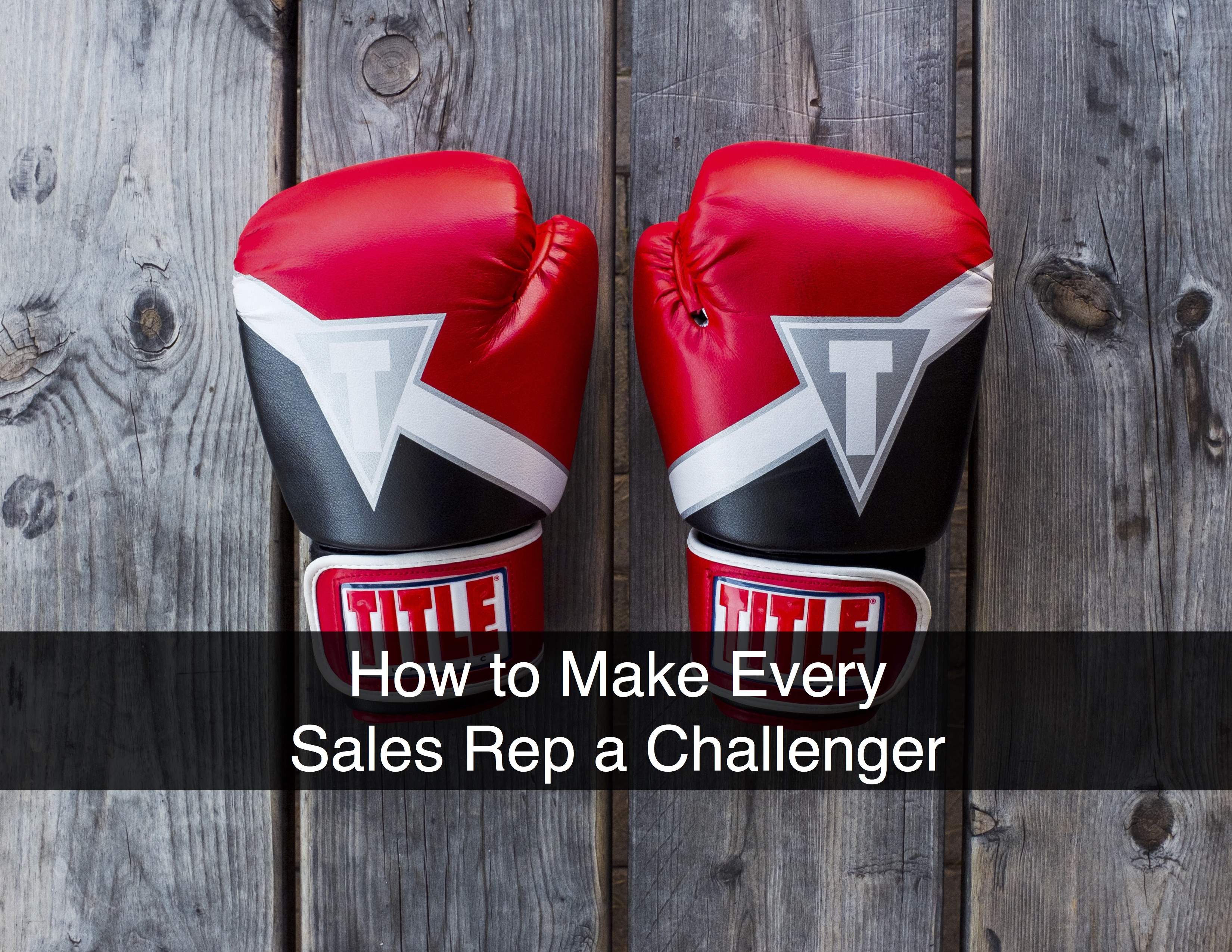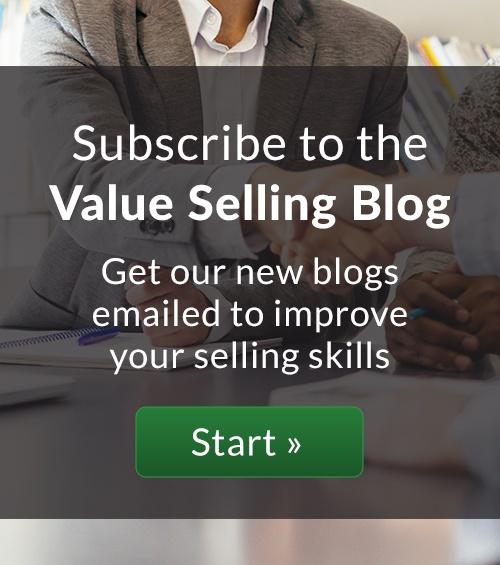I’ve been reading the now-classic business book, “The Challenger Sale: Taking Control of the Customer Conversation" by Matthew Dixon and Brent Adamson. As I continue to read, it’s becoming increasingly clear to me that value selling can help every sales rep perform like a Challenger by helping them adopt the complementary attributes that make up the profile of this likely sales leader.
Barbra Schwartz

Barbra Schwartz brings more than 20 years of sales and marketing experience to ROI Selling, including more than 15 years in strategic business development for enterprise-level technology companies.
Barbra spent seven years with JDA Software, developing executive-level relationships with clients primarily in the travel, hospitality, entertainment and retail industries, establishing a proven track record of leading million-dollar-plus deals through lengthy sales cycles.
She is a graduate of Tulane University and is the founder of Key Strategies, LLC, helping small technology-related companies advance business development objectives with an emphasis on leveraging trade show opportunities and targeted account-based selling.
Recent Posts
Trade show require thorough preparation to ensure a successful outcome. As Stephen Covey said, you need to “begin with the end in mind.” In other words, you have to establish your goals for the show before you get there. Who are your targets and how many meetings do you want to schedule? What do you want to accomplish at the show? How much revenue do you need to generate to justify the investment?









